A first of its kind, the Vivo X20 Plus UD is a remodelling of the former Vivo X20 Plus except for just one feature differentiating the two. That being the in-display fingerprint sensor, no longer located at the back or below the screen or at the sidel but now located under the display panel. The smartphone is the product of the partnership between Synaptics, a sensor company and a Chinese OEM, Vivo. The UD which is for ‘Under Display’ might be the next generation technology headway for bezel-less display.
Vivo X20 Plus UD Key Specs and Features 6.43-inch, Super AMOLED capacitive touchscreen, 2160 X 1080 pixels (376 ppi) Octa-core Qualcomm SDM660 Snapdragon 660 with 4GB 128GB built-in storage, up to 255GB with a memory card Dual 12MP + 5MP camera and 12MP front camera 4G LTE Fingerprint sensor (under the display) 3, 900mAh non removable Li-ion battery
The Vivo X20 Plus UD looks very much like the initial model except for the absence of the fingerprint at the back. It also made of metal which accentuate its premium build when held. Also, the back panel is now bare except for the Vivo inscription and the camera and flash arrangement on the top left corner. The smartphone is slim and sleek thanks to the reduced bezels and nice curved edges.
For both smartphones, the display is the same, the same size, screen resolution and panel type. This being, a 6.43-inch Super AMOLED 2160 X 1080 pixels display. The AMOLED panel produces deep blacks and nice contrast when colours are displayed. It also quite crisp when viewed with vivid colours on display.
Battery and CameraYou have the same battery as before which is not a bad deal for a smartphone of this calibre. The smartphone sports a ample 3, 900mAh battery capacity which is alright for daily usage under fairly intensive use. It also charges using Qualcomm fast charge technology through its USB Type-C port.
It retains the dual camera that was in its predecessor with the exact same configuration. The dual camera comprises of a 12MP sensor and a 5MP sensor for more details and the popular bokeh effect. For selfies, the smartphone has a single 12MP camera that takes care of things and also comes with some added features.
Hardware and SoftwareThe Vivo X20 Plus UD as virtually the same thing in terms of hardware as it’s predecessor. In reality, the components leans toward a mid-range offering besides the innovative under display fingerprint sensor. You have the same Octa-core Qualcomm SDM660 Snapdragon 660 processor clocking at 2.2GHz max. For gaming and related graphics issues you’ve got an Adreno 512 GPU handling things.
In addition, there is a 4GB internal memory for multitasking and apps installation with a massive 128GB built-in storage space expandable to 256GB using a MicroSD card. Unluckily, the smartphone still runs on Android 7.1.1 from the box instead of the latest Oreo update.
Pricing and AvailabilityThe Vivo X20 Plus UD is currently unavailable for sale in the rest of the World besides China where it cost approximately 244, 000 naira.
Here are a few specs of the Vivo X20 Plus UD :
General Features Platform: -FunTouch OS 3.2 (Android 7.1.1 Nougat) Processor: Octa-Core 4 × 2.2GHz Kryo + 4 × 1.84GHz Kryo (Qualcomm Snapdragon 660 MSM8956) GPU: Adreno 512 Memory: 4GB Colours: Matte Black, Gold, Rose gold Dimension: 155.3 x 80.1 x 7.5 mm Weight: 181.5g SIM Type: Nano sim SIM Count: Dual sim Display Display: 5.99-inch, IPS LCD capacitive touchscreen,1440 x 720 pixels Screen Protection: Corning Gorilla Glass Camera Rear Camera: Dual 12MP + 5MP camera, 1080p Video@30fps Rear Camera Features: Autofocus, LED flash, Geo-tagging, touch focus, face detection, HDR, panorama Front Camera: 12MP camera, 1080p Video@30fps Storage Built-in Storage: 128GB Memory Card Support: Yes, up to 256GB Bundled Cloud Storage: – Network Support 2G GSM: Yes 2G CDMA 1X: – 3G WCDMA: Yes 3G CDMA EVDO: – 4G LTE: LTE band 1(2100), 2(1900), 3(1800), 4(1700/2100), 5(850), 8(900), 38(2600), 39(1900), 40(2300), 41(2500) Internet & Connectivity GPRS: Yes EDGE: Yes 3G/WCDMA/HSPA: Yes HSPA+: Yes, 5.76/21Mbps CDMA EVDO: – 4G LTE: Yes, LTE Cat 12 100/600Mbps WLAN: Wi-Fi 802.11 a/b/g/n, 802.11n 5GHz, Dual band, Wi-Fi Direct Wi-Fi Hotspot: Yes Bluetooth: Yes, V5.0 with A2DP NFC: – Infrared Blaster: – USB Port: MicroUSB 2.0 Messaging SMS/MMS: Yes Instant Messaging: Yes Push Emails: Tes Email Protocol: – Entertainment Music Player: MP3/WAV/eAAC+ player Video Player: MP4/H.264 player FM Radio: Yes Loudspeaker: Yes 3.5mm Jack: Yes Navigation Navigation: Yes, with A-GPS, GPS Maps: Yes Sensors & Control Digital Compass: Yes Accelerometer: Yes Proximity Sensor: Yes Light Sensor: Yes Barometer: – SpO2: – Pedometer: – Heart Rate Monitor: – Gyroscope: – Fingerprint Scanner: Yes, (under the display) Iris Scanner: – Face Unlock: – Intelligent Digital Assistant: – Motion Sensing / Gesture Control: – Voice Control: – Other Features Video Streaming: Yes Active Noise Cancellation: – Wireless Charging: – Built-in Mobile Payment: – Water Resistant: – Dust Resistant: – Image Editor: Yes Video Editor: Yes Document Viewer: Yes Document Editor: Yes Battery Battery: 3, 905mAh non removable Li-ion battery Talktime: – Standby Time: – Fast Charging: Yes
The post Vivo X20 Plus UD Specs and Price appeared first on Nigeria Technology Guide.
A smartwatch can help you do a lot of things. Big companies such as Apple, Samsung, Fitbit are improving their technology and adding new features to give you best user experience.
But, getting a good smartwatch is not easy, when you don’t know what things that you should keep in mind. But don’t worry, In this post, I will show you what features you should look for in a smartwatch.
Features You Should Look For In A Smartwatch CompatibilityNever buy a smartwatch without knowing the compatibility. If you want to buy Apple watch, then you can use it using Apple iPhone. If you have Samsung brand smartwatch, then you can use it on both OS Platforms.
Sensor:Sensors are another important aspects that you should look for. If you are paying the premium amount, then check your smartwatch has GPS and heart rate sensor. Apple has the best heart rate in terms of accuracy.
Battery:You should always look for battery backup because we know how important it is. Usually, most of smartwatches give 2-3days of backup. But if your watch has a lot of features, then maybe you will get 1-2 days.
Fitness TrackingTracking our fitness is an important part of your life. But during your busy schedule, it’s not always possible, and that’s why you should have fitness tracking smartwatch. So, whenever you buy, make sure the smartwatch has inbuilt fitness tracking features.
Samsung gear S3, Gear Sport, Apple Watch 3 has GPS sensor. It will be best for those peoples who love to running or biking.
AppsApp selection is a factor, but it’s not as important as, design compatibility and other features. I use few apps, and it helps me to do a lot of things. Check the list of best Samsung Gear S2 Apps that I use.
ConclusionNow, I hope your doubt has cleared. Keep these points in mind before buying a new smartwatch.
I have been using Samsung Gear S2 and thinking to upgrade my gear. Rumors have it that Samsung might be launching the Gear S4 this year. I am waiting for it. You can follow Samsung Gear S4 Update here. If you are looking for a smartwatch for fitness, then you can go for Samsung. They have amazing features and great design.
If you still have questions, then you can ask me via the comments section below.
Related Topics iPhone X iPhone 8 Plus Apple Watch Series 3 Samsung Galaxy Note 8 iPhone 8 Samsung Galaxy S8 How to Buy a Smartwatch Compare Prices of SmartwatchesThe post Features you should look for in a Smartwatch appeared first on Nigeria Technology Guide.
Developing Android apps is a very rewarding job. Seeing how your creations are used and appreciated by thousands of Android users definitely will be an amazing experience. Unfortunately, the road to becoming top Android developers is far from easy. There are millions of apps out there so it will be very hard to have your apps noticed by the users. If you are serious about building your career as a respected Android developer, here are some tips that can help you build your Android development skills.
Keep Up with the Trends but Think Out of the Box
As an apps developer, you should not only learn how to code. You also should find out about the latest trends and what users expect from an Android app nowadays. This is very important because creating an app that nobody likes definitely is a waste of your great talent and skill. Following the trend is a must because it is the most effective way to create Android apps that appeal to the public. However, you also should be able to think out of the box so your apps can stand out from the competitions.

When you are developing an Android app, you must take the users’ security into consideration. Find out how hackers and security flaws usually affect the user’s data and make sure your app doesn’t pose a threat to the security of users of your apps. Limit the number of permissions your app needs to improve the security of your app. Furthermore, don’t forget to always follow Android’s best practices which are designed to protect the security of users.

It is okay to focus on your work and use codes that you have mastered. However, you will not go anywhere as a developer if you only dwell on what you already know. As a developer, it is very important to always improve your skills by reading Android PDF courses and even see how the other developers work. Take a look at some open source apps and then learn the code, find out how the developers of that apps work. There are so many great things to learn out there so make sure to use every opportunity as a chance to learn new things.
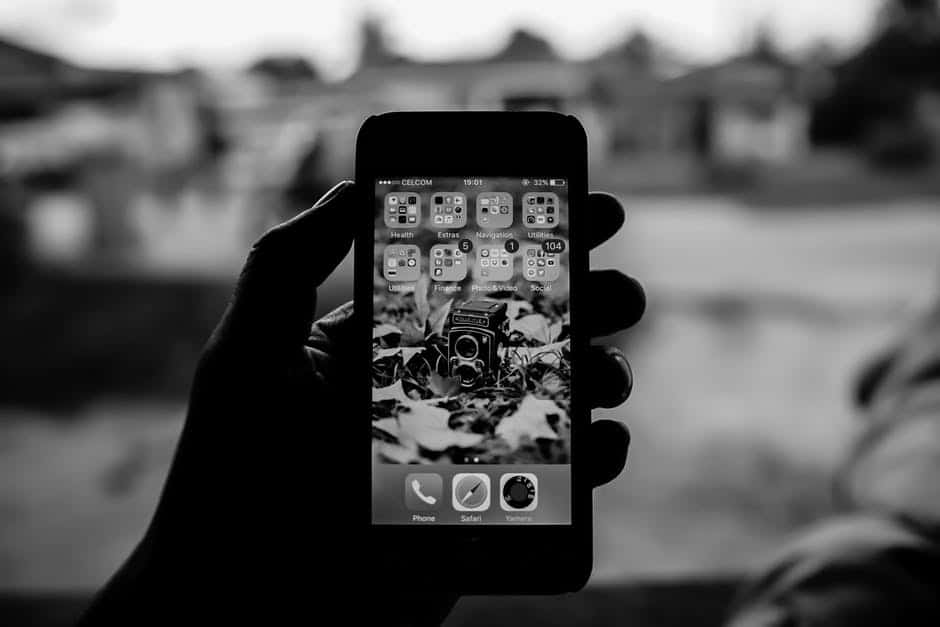
When you test your apps, don’t use emulators because it doesn’t give the right image of how the app works on a real smartphone. Furthermore, it is always best to test the app on a low-end device because this is where the apps could have some issues.
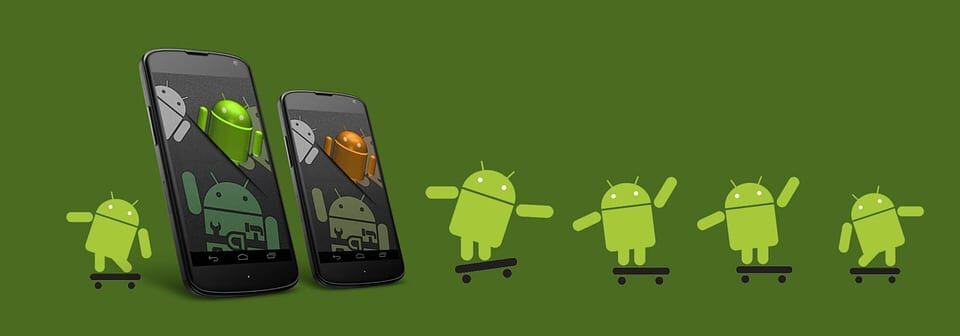
One of the biggest challenges of developing apps for Android is there are myriads of different Android devices out there. As a result, what might work on one Android device could fall short in the others. Of course, it is extremely hard, if not impossible, to test your apps on all Android devices under the sun.
But there is one thing that you can do to make sure your app works on most Android devices. It is consistency. Instead of pixels, it will be best to use dip (density independent pixels). While there are some shortcomings about the dip, it is great for Android because it can easily adjust to the size of the user’s phone. As a result, no matter what the device is, the users can use your apps conveniently.
Listen to What the Users Say
You are developing apps for users, to give them a great experience when using their Android smartphone. So, you definitely need to listen to their feedback. You are not going to hear nice comments every single time, especially if you deal with pissed users who are disappointed with your apps. However, listening to what the users say is a great way to improve. Besides, you also can use their feedback to make your apps more perfect, or even as an idea for your next applications.
Being a successful Android developer is certainly not easy. But let’s not forget the fact that Android users keep increasing every year so, the Android apps market will always have more room for new creative developers. If you are persistent, keep improving your skill and always keep your eye open for the new trend and what the users want, the road to be a successful Android developer will be very smooth.
The post 6 Great Tips to Improve Your Android Development Skills appeared first on Nigeria Technology Guide.
The Nokia 8110 4G is a remodelling of last year’s Nokia 8110 and sort of like a throwback to the classics of yore. It was among the smartphones, HMD displayed in the MWC 2018 event that happened in Spain. This is not your typical Android phone, more of a feature phone with a difference. The device as its name suggests comes with a 4G connectivity, WiFi hotspot and even a camera amongst other things. According to the Finnish OEM, the Nokia 3310 remodelling of last year had a good run, which only means this smartphone has a long way to go.
Nokia 8110 4G LTE Key Specs and Features 2.4-inch, QVGA 240 X 320 pixels display (167 ppi) Dual core Qualcomm MSM8905 Snapdragon 205 with 512MB RAM 2MP rear camera with flash 4G LTE 4GB built-in storage, up to 64GB with a memory card 1, 500mAh Li-ion battery
HMD really went way back for this one, having this archaic and somewhat gimmicky look which reminds you of the early life of flip phones. It had a curved shape which makes it look like a banana especially the yellow model. The entire smartphone is made of plastic and also features a keypad cover which you can slide in and out of place. Sliding the keypad cover out turns on the screen while sliding it back in place does the opposite. There is also a power button at the right and a camera with flash on the back of the smartphone.
What you have on the Nokia 8110 4G is not a touchscreen display just more of a feature phone screen and a sizeable one too. It is 2.4-inch in size which means not for watching movies or something related to that. However, it is suitable for viewing images, visiting Facebook//Twitter or things like that and for day to day usage.
Battery and CameraAccording to HMD, the Nokia 8110 4G is good for 25 days on standby which is something you cannot say about the smartphones you have now. This is provided by the 1, 500mAh Li-ion battery which is possible thanks to the feature status of the phone. Also, the smartphone is capable of making a 4G LTE call for 8.5hrs, something that not even your Samsung Galaxy S9 can do.
The camera on the smartphone is only a recent addition and this is on the rear panel with nothing at the front. Snapping with the 2MP back camera is not something you’d want to do often looking at the quality of the sensor.
Hardware and SoftwareThe SoC featured on this smartphone is as basic as it gets, besides from being low grade it has only two cores. This is more than enough for a feature phone and this being a Qualcomm Snapdragon 205 and an Adreno 304 GPU.
In furtherance, the Nokia 8110 4G also comes with a 512MB internal memory and a 4GB internal storage space expandable to 64GB with a MicroSD card. You also have the feature Kai OS running in the phone.
Pricing and AvailabilityThe smartphone is not available for sale at the moment but will be coming May for about €79 which is equivalent of 33, 000 naira approximately.
Here are a few specs of the Nokia 8110 4G:
General Features Platform: KaiOS Processor: Dual-core Qualcomm MSM8905 Snapdragon 205 GPU: Adreno 304 Memory: 512MB Colours: Traditional Black, Banana Yellow Dimension: 133.5 x 49.3 x 14.9 mm Weight: 117g SIM Type: Micro sim SIM Count: Single or dual Display Display: 2.4-inch, QVGA 240 X 320 pixels (167 ppi) Screen Protection: – Camera Rear Camera: 2MP camera Rear Camera Features: – Front Camera: No Storage Built-in Storage: 4GB Memory Card Support: Yes, up to 64GB Bundled Cloud Storage: – Network Support 2G GSM: Yes 2G CDMA 1X: – 3G WCDMA: Yes 3G CDMA EVDO: – 4G LTE: LTE band 1(2100), 3(1800), 5(850), 7(2600), 8(900), 20(800) – EuropeLTE band 1(2100), 3(1800), 5(850), 7(2600), 8(900), 20(800), 38(2600), 39(1900), 40(2300), 41(2500) – MENA/China Internet & Connectivity GPRS: Yes EDGE: Yes 3G/WCDMA/HSPA: Yes HSPA+: Yes CDMA EVDO: – 4G LTE: Yes, LTE Cat4 150/50 Mbps WLAN: Wi-Fi 802.11 b/g/n Wi-Fi Hotspot: Yes/li> Bluetooth: Yes, v4.1 with A2DP NFC: – Infrared Blaster: – USB Port: MicroUSB 2.0 Messaging SMS/MMS: Yes Instant Messaging: Yes Push Emails: Yes Email Protocol: – Entertainment Music Player: Yes Video Player: Yes FM Radio: Yes Loudspeaker: Yes 3.5mm Jack: Yes Navigation Navigation: Yes, with A-GPS Maps: Yes Sensors & Control Digital Compass: – Accelerometer: – Proximity Sensor: – Light Sensor: – Barometer: – SpO2: – Pedometer: – Heart Rate Monitor: – Gyroscope: – Fingerprint Scanner: – Iris Scanner: – Face Unlock: – Intelligent Digital Assistant: – Motion Sensing / Gesture Control: – Voice Control: – Other Features Video Streaming: – Active Noise Cancellation: – Wireless Charging: – Built-in Mobile Payment: – Water Resistant: – Dust Resistant: – Image Editor: – Video Editor: – Document Viewer: – Document Editor: – Battery Battery: 1, 500mAh Li-ion battery Talktime: – Standby Time: – Fast Charging: –
The post Nokia 8110 4G Specs and Price appeared first on Nigeria Technology Guide.
Different people have what they consider a premium when it comes to buying smartphones. For a wide variety of users, they don’t want to go beyond the #50,000 mark while still hoping to get the best deals on specs. If that is you, we have compiled just the list for you. Here are the hottest and best android phones under 50,000 Naira.
1. Tecno L8 Lite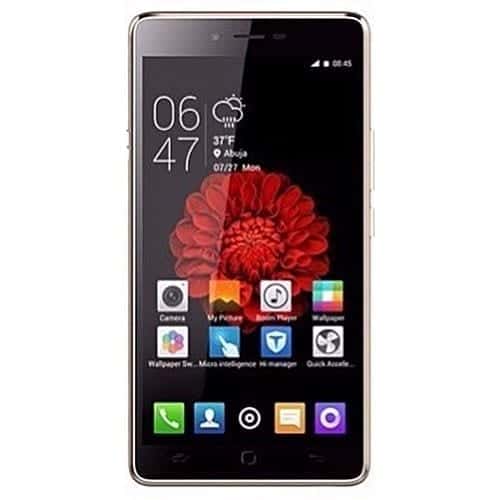
Tecno is known for its offering of rather high-end specs for low prices, so its entry onto this list with the L8 Lite should not be much of a surprise. Under the 5.0-inch screen is a 1GB CPU that reaches a maximum clock speed of 1.3GHz.
This quad-core CPU has an expandable 16GB internal memory to rely on for storage needs. Additionally, the front of the device is home to a decent 2MP camera while the back plays host to the better 8MP camera. Shipping with Android 6.0 Marshmallow out of the box, the device promises heavy users a long use time with its 4000mAh Li-ion battery
2 Xiaomi Redmi 5A
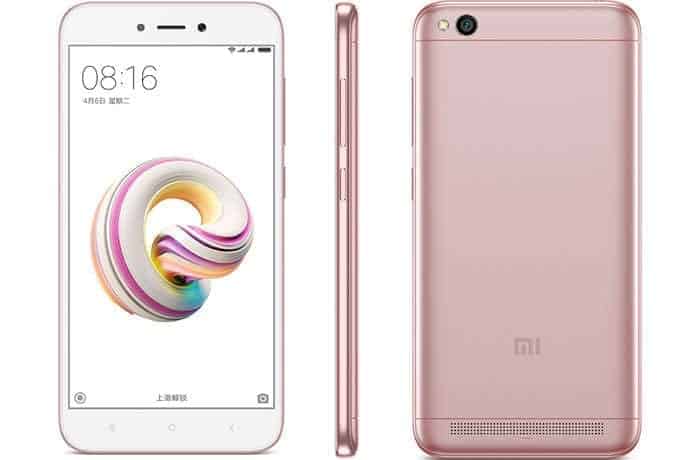
Redmi is another flagship beater. With the Redmi 5A, the Asian OEM brings to the market a single bundle that carries 2GB RAM plus 16GB expandable internal storage space. At the heart of operations is a QUALCOMM Snapdragon 425 chipset married to an Adreno 308 graphics processor. This quad-core CPU can be trusted to clock as much as 1.3GHz.
On the front of the device is a 5MP shooter keeping the 5-inch screen company. On the back, there is a bigger 13MP sensor equipped with its own LED flash. Dual SIM support will make this unit an instant darling to many, but the 3000mAh battery will make you fall in love with it more
3. Motorola Moto C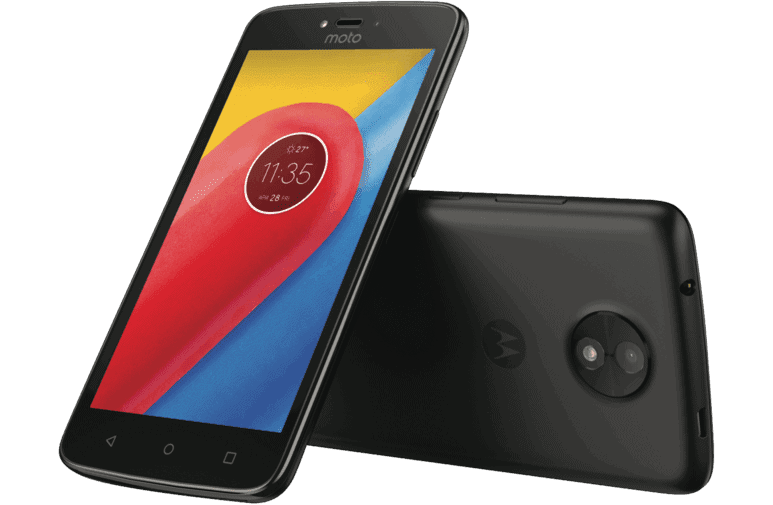
Standing 5 inches tall with a sleek design, Motorola’s Moto C is an ensemble that carries a 1GB CPU and an expandable 16GB internal storage. This internal storage can be bumped up to 32GB should the user so wish. The CPU, which is going to get as much as 1.1GHz clock speed, is developed on 4-core technology.
Additionally, there is a 5MP camera unit on the back, working in tandem with a 2MP shooter on the front. The best thing about the camera sensors has to be the support for LED flash on both.
If you don’t find that impressive enough, we are sure you’ll like the offering of Android 7 Nougat out of the box. The major downside to this device has to be the rather small Li-ion battery, coming in at just 2350mAh.
4. Samsung Galaxy J3 (2016)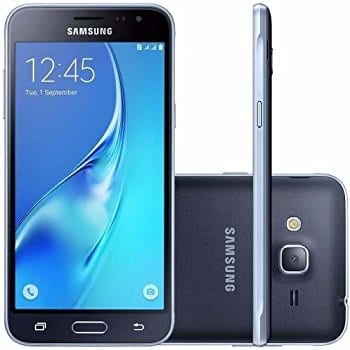
Samsung’s Galaxy J3 (2016) was targeted at the mid-range market and they were able to pull that off. Lovers of the South Korean OEM have been treated to 1.5GB of RAM paired to an internal storage space of 8GB.
The memory can, of course, be expanded to suit the needs of the user. The 5-inch screen has a resolution of 720 x 1820 pixel to guarantee HD rendering on the unit. Going forward, we find an 8MP snapper as well as the 5MP unit on the front.
Equipped with a quad-core processor, the Galaxy J3 (2016) even brings 4G capabilities on board
5. Cubot X165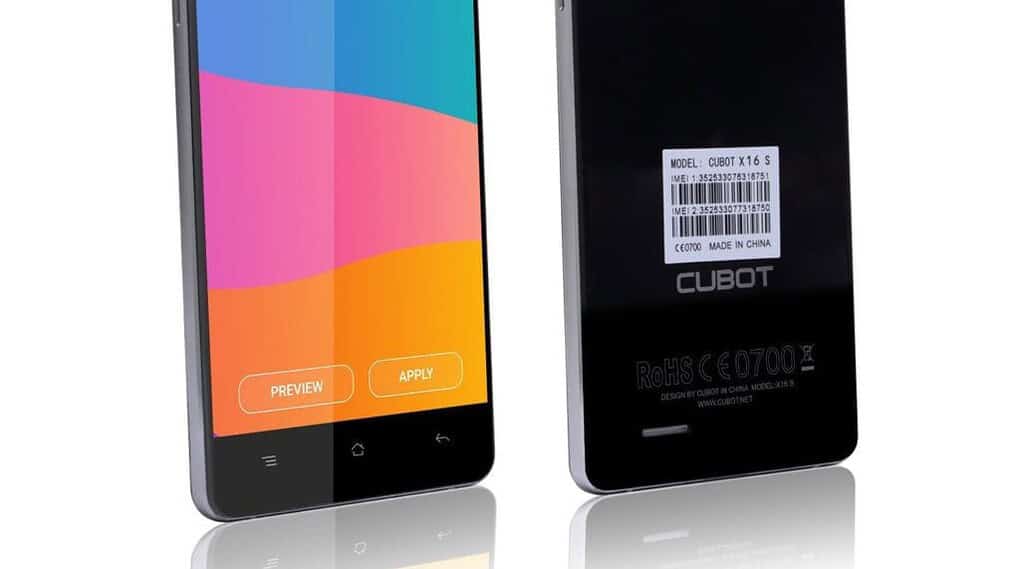
Cubot is one brand that goes above and beyond in their offerings. Reinforcing that statement with their X165 unit which not only packs 3GB of RAM but an impressive 16GB internal storage space is impressive. The 5 inches screen is made for those that will enjoy consuming their media on a FHD device.
The phone carries support for multiple languages as well as dual SIM units. Even though we would have loved nothing more than to see a fingerprint sensor thrown into the mix, we can make do with everything else. To cap it all off, there is a 2700mAh battery to keep the lights on.
Offering premium specs at some prices to beat, you can easily see why these would be the best android phones under 50,000 that are worth your consideration. If you find another worthy unit for this list, you can tell us about it in the comments section.
Related Topics Best 4G Phones Jumia Mobile Week Compare Prices in Nigeria Compare Prices in Kenya Infinix Phones Tecno Phones Cheap Android PhonesThe post Best Android Phones under 50,000 Naira appeared first on Nigeria Technology Guide.
A dash cam is a digital video camera that is intended to capture live videos while you drive. The camera is mounted on the dashboard. They start recording the driver’s journey once the vehicle is turned on and set in motion. Dash cam footages can be used as supportive evidence in legal proceedings in courts or by insurance companies in case of an accident. A basic dash cam should be able to indicate the speed the vehicle was moving at, the direction, and show that was at fault during an accident.
However, there is no guarantee that a dash cam will prevent an accident. In this digitalized world there are sort of moving devices available in the market making the life more secure and a fun as well. To get more such interesting devices ideas you have explore online resources like Red shed and many other. If you want to have the camera just in case, it is good to note what kinds exist, what features and what types are the best. Choosing the right dash cam may be challenging especially if you are not aware of the specs and are not sure of the best dash cam to fit your need. Cams exist in various forms and capabilities depending on the intended use and expected outcome. That is why we seek to take you through a guide on tips to choose the best dash cam.
Tips for Choosing the Best Dash Cam ResolutionThe first consideration you want to make is the resolution of the dash cam you are about to purchase. If your main aim is to have a sharp footage that will make every road detail, other vehicles’ license plates, the makes, faces and models of other vehicles visible, then a minimum of High Definition (HD) 720p is necessary. Sometimes you may want even finer and larger video files. If this is your main concern, then acquiring a dash cam with a resolution of HD 1080p or 2K might be a good decision to make.
StorageOur next tip is highly dependent on the decision you make on the first consideration. This is the storage. The videos you record will have to be stored for future retrieval. The higher your dash cam’s resolution, the more storage capacity you will require to record and save the same video footage. If you prefer HD 1080p resolution to HD 720p, you will need more storage capacity for a footage recorded for the same amount of time. The storage capacity you choose will be also dependent on the amount of time you spend driving. If you drive for a long time, you will need a higher storage capacity. While some dash cams have internal storage, you may also want to have one that supports external storage mediums such as Micro SD cards.
Does it loop?Whether or not the dash cam loops. When the storage discussed above fills-up, the dash cam can have two options depending on how is programmed. It can stop recording or it can loop back and override the oldest footages. If you are looking for a camera that is limited by storage, you can opt for the one that stops when space is filled up. However, if you don’t want to miss out on any instance of your journey, then a looping camera is a better choice. Travelling with a filled up and non-recording camera may deny you a chance to capture the scene, should something risky occur. Generally, a looping camera is less risky.
Night visionWhether or not the dash cam has a night vision. If your main reason to have a dash cam is to capture any road incident or accident, it is unlikely that they will only occur during the day. You will definitely have to drive at night at some time. If you will drive at night, consider acquiring a cam with night vision. If there is no such possibility of driving at night, then getting the normal dash cams with no night vision can also be cost effective.
Automatic Switching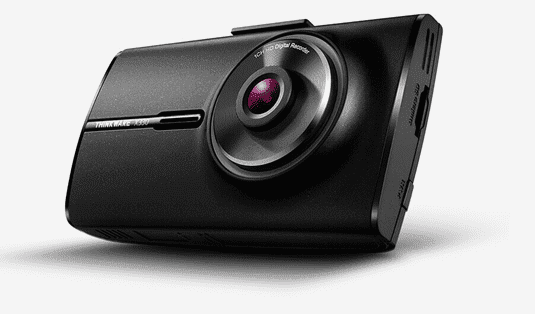
While some dash cams will automatically switch on when the vehicle engine is also turned on, others do not. You need to manually turn them on so they can start recording. While choosing a dash cam, determine what type will work best for you. If you are after convenience and want to record every second of your movement, leaving nothing to chance, then consider purchasing an automatic dash cam. On the hand,
if you only want the camera to record only what you consider significant, then get yourself a dash can that you can comfortably turn on and off at your convenience.
Kind of coverageThere are dash cams providing only front coverage while others provide back coverage. To satisfy your preference, it is good to look for a camera that best suits your need. For example, if you want full coverage, acquiring only a front dash cam will not be enough. It will be good to get a dash cam with both front and back cameras. If you are concerned with what is happening in front you, a front-facing dash cam is ideal for that case.
Recording angle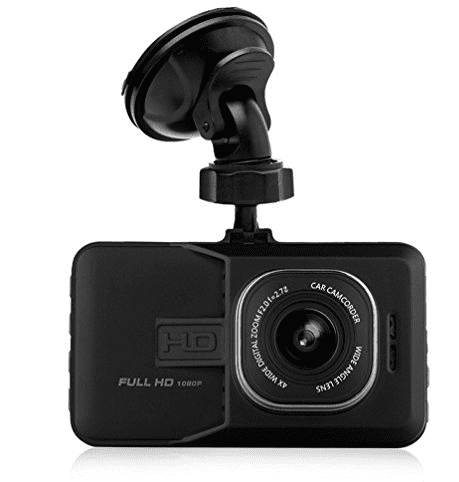
Consider the dash cam recording angle. A wide recording angle means the camera will capture almost all sides of the road. If you want to cover the whole street area, consider getting an advanced dash cam with between 160 to 180 degrees. However, if all you want is a normal camera that will capture a reliable area, choose a minimum recording angle of 120 degrees.
GPSIf you are acquiring a camera to track your employees and their road behavior, it would be advisable to get a GPS enabled device. This can help you in tracking their locations. A dash cam with audio recording capability may be even useful if you want to monitor distracted driving behaviors.
Impact sensingSome vehicle cams are fitted with a sensor to detect accidents. This enables them to automatically save the recorded video just several minutes before the impact occurs. If you are after a camera that can detect potential accidents and alarm you early while recording every instance, get a sensor-fitted dash cam.
Mounting mechanismsWhile it is common for dash cams to come with mounting mechanisms, others don’t. In case convenience and easiness of dash cam installation are what you are looking for, choosing a dash cam with a mounting mechanism is a better choice.
Buying a dash cam should be entirely guided by your expected use and outcome. They exist in different forms and capabilities. However, whatever the intended use, there are factors that are of great consideration. For example resolution, and storage. Any footage should be clear enough to give out the expected details. Every video recorded should also be saved for future needs. It is also good to always keep an eye on your dash cam to ensure it is up and functioning well. This should be a regular commitment. Either way, the above list of tips to consider while choosing a dash cam should help you get the cam that meets your expectations.
Author Bio:Melissa Weir is a North Carolina-based freelance writer and work-from-home mother of two. In her 10 years as a professional writer, she’s worked in proposal management, grant writing, and content creation. Personally, she’s passionate about teaching her family how to stay safe, secure and action-ready in the event of a disaster or emergency.
Related Topic Best Full Frame DSLRs Best Digital Cameras Tips for Buying Camera Gear wisely Canon Powershot S120 Best Canon Cameras Cameras to Buy on Black FridayThe post Tips to Choose the Best Dash Cam in 2018 appeared first on Nigeria Technology Guide.
